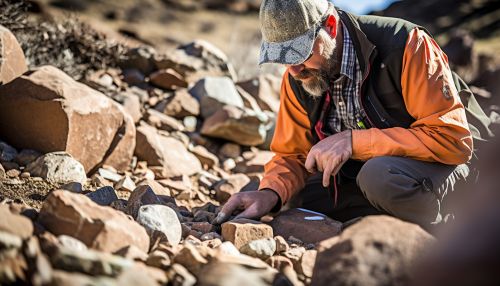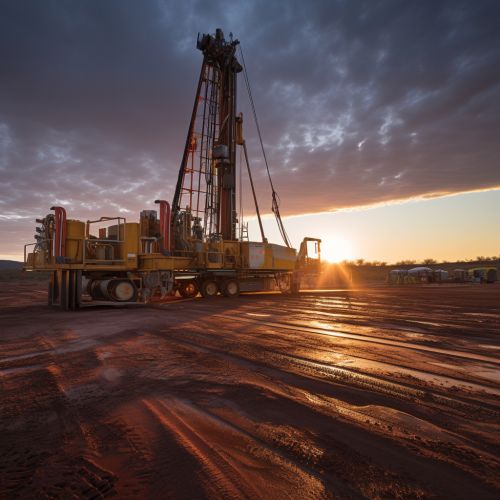Mineral resource estimation
Introduction
Mineral resource estimation involves the application of various geostatistical techniques to interpret the data obtained from geological surveys and drilling programs to estimate the size and grade of a mineral deposit. This is a crucial step in the mineral exploration process, as it provides the basis for the economic evaluation of a potential mining operation.


Geological Data Collection
The first step in mineral resource estimation is the collection of geological data. This is typically achieved through a combination of surface and subsurface geological surveys, as well as drilling programs. The data collected includes information on the type and distribution of rocks, the presence of minerals, and the structural features of the deposit.


Geostatistical Analysis
Once the geological data has been collected, it is analyzed using various geostatistical techniques. These techniques involve the application of statistical methods to spatial data, and are used to estimate the size and grade of the mineral deposit. The most commonly used geostatistical techniques in mineral resource estimation include kriging, inverse distance weighting, and nearest neighbor estimation.


Resource Classification
Following the geostatistical analysis, the estimated mineral resources are classified according to their level of geological confidence. The most widely accepted system for resource classification is the JORC Code, which classifies resources into inferred, indicated, and measured categories. This classification provides a measure of the confidence in the estimate, and is used to guide decision-making in the subsequent stages of the mineral exploration process.


Economic Evaluation
The final step in mineral resource estimation is the economic evaluation of the deposit. This involves the application of economic criteria to the estimated resources to determine their economic viability. Factors considered in this evaluation include the current and projected market prices for the mineral, the estimated cost of extraction and processing, and the potential environmental and social impacts of the mining operation.


Conclusion
Mineral resource estimation is a complex process that involves the integration of geological, geostatistical, and economic data to estimate the size, grade, and economic viability of a mineral deposit. The accuracy of these estimates is critical to the success of any mining operation, and as such, the process is subject to rigorous standards and practices to ensure reliability and confidence.
